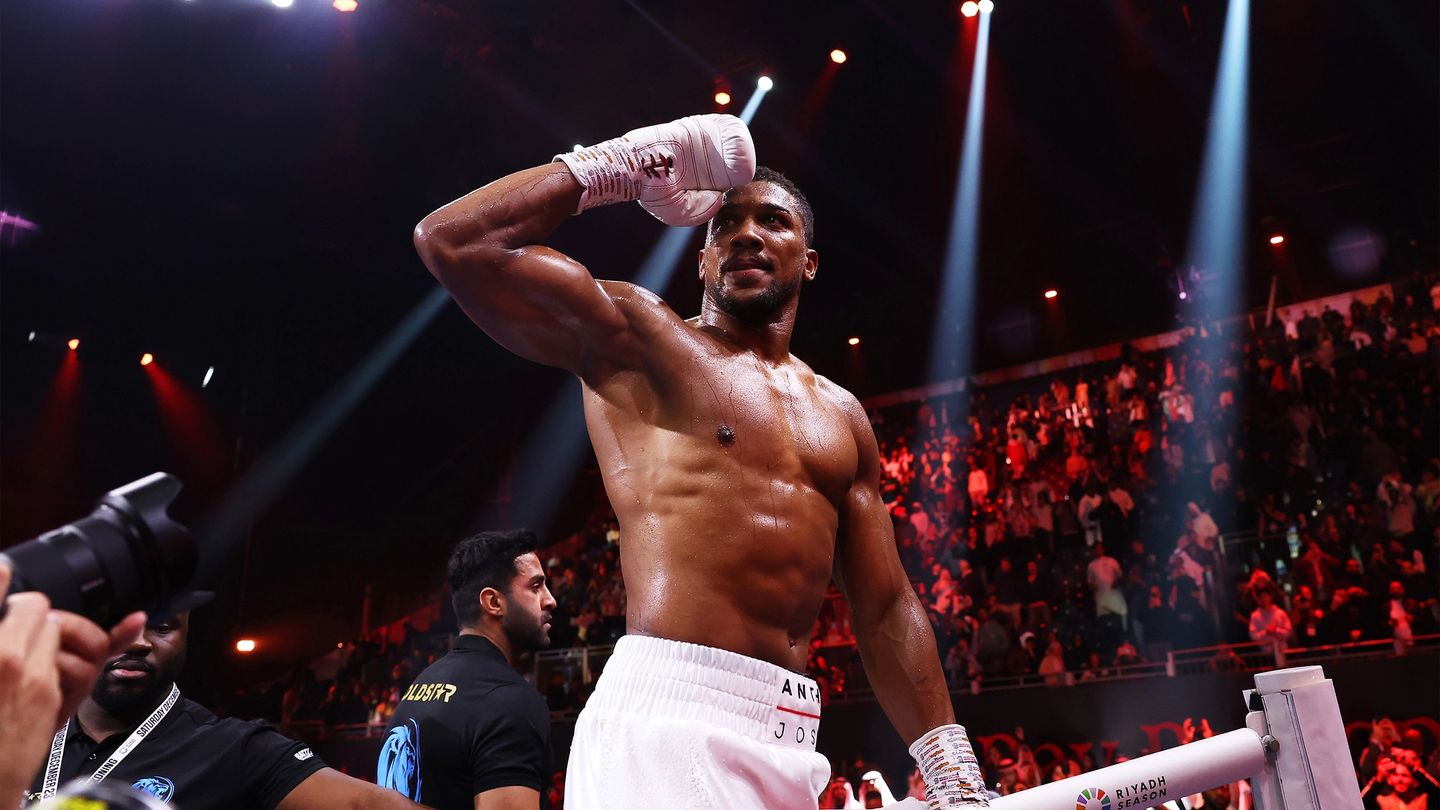

Words: Josh Lee
Ahead of the post-Christmas lethargy and the inevitable attempt at the January shred, we’ve decided to focus on one of the most common goals one has in mind when beelining to the gym: getting a clean-cut set of abs. However, rather than offer you a guide on how to achieve that (which you can actually find here), we’ve decided to dig a little deeper on the topic and ascertain whether or not you’re prioritising aesthetics over substance (which, in this case, is a solid core). To help answer some frequently asked questions related to this area, we’ve spoken to Dermot Watchorn, a studio manager at cult-hit fitness destination F45 Training. Below, we break a little sweat over the basics…
What are abs?
Image: Getty
Abs is a label commonly assigned to your abdominal muscles, which run from the ribs to the pelvis. These muscles have a lot of use for the body, such as allowing movement, protecting your organs and spine, supporting your body’s core and keeping you upright.
What is your core?
Your core is your abs and then some. It can be thought of like a belt for the body. It encompasses more than 20 muscles, from your stomach to your back, and has a much bigger range around the body – this is why your core is so important. You’ll hear your trainer use the term ‘engage your core’ for something that may not be an abs exercise, as this will help, overall, with the movement you’re doing; the core, after all, is responsible for bending and twisting the body.
So, what should ‘engaging your core’ feel like? How does it feel different from tensing your abs?
Image: Getty
You should feel rigid and unmovable, so much so that if someone tried to push you, you wouldn’t flinch. The best way to get an idea is to think of the muscles tightening like a belt around your body. Or, just imagine someone coming to rugby tackle you – your instant reaction is to nearly curl as you automatically want to protect your organs.
You’ve mentioned the benefits of abs – but what are the benefits of a good core?
Core is where you want to focus, and functional fitness – something I like to define as your practice and preparation for everyday life; it’s basically fitness that enables us to bend down and pick things up, throw a ball with ease, carry a Christmas tree and put it in the boot – zones in on this. Along with helping daily life, it aids sports and fitness, too, and therefore is said to bolster the longevity of a person’s life.
How does one achieve optimal results when building either area?
Image: Getty
Aim to train for strong mobility in the upper section of your core, and strong stability in the lower section. Core training can include planks, single-leg bodyweight exercises, Supermans, back extensions, and dead bugs. These will also, in hand, create stronger abs, as these muscles are used when exercising the core.
Can you have a great core without having picture-perfect abs?
Yes, you can. Having visible abs isn’t related to having a strong core – it’s purely based on body-fat percentage. Everyone has abs, even your 90-year-old grandmother. The difference between seeing abs and not seeing them is a layer of fat that covers them. But this is a totally different topic that requires a lot more attention and consideration. Having a strong core is far more important, and someone who has no visible abs can have a much stronger core compared to someone who has a Ryan-Gosling-Ken-pack.
- To find an F45 studio near you, click here
Want more fitness content? Here’s how to build a body like Bond, according to Daniel Craig’s former trainer…


